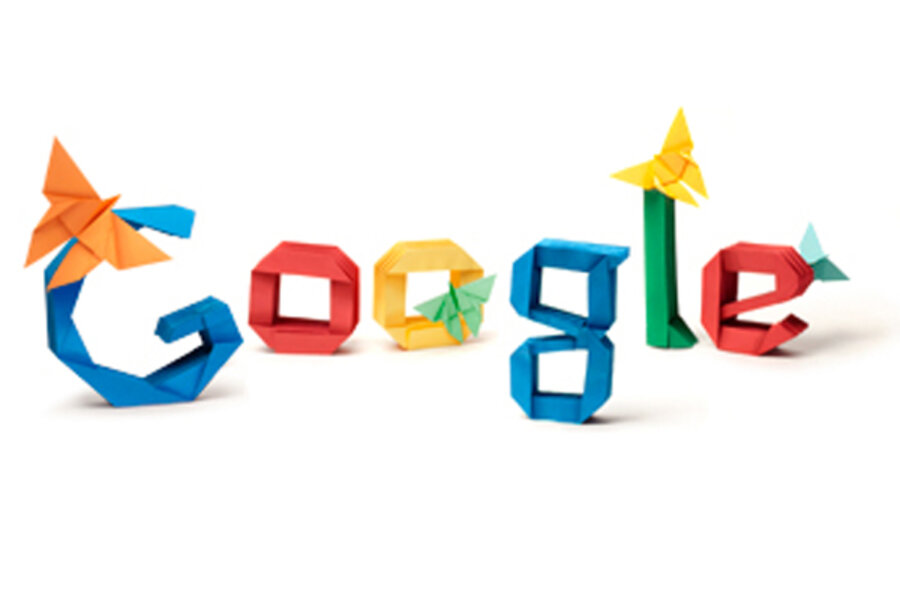Akira Yoshizawa: The grandfather of modern origami
Loading...
The Google homepage today depicts the familiar blue, red, yellow and green logo in delicately folded origami shapes – an homage to a Japanese artist named Akira Yoshizawa, who would have turned 101 today.
So who was Yoshizawa, exactly? Only the grandfather of modern origami.
"Folders the world over acknowledge Akira Yoshizawa, a gentle and rather impoverished but contented origami artist, as the greatest now living," the New York Times noted in 1958, when Yoshizawa was in his forties. Born in 1911, Yoshizawa worked in a factory as a young man, helping to draft machined tools. When it came time to teach geometry to a crop of new recruits, Yoshizawa turned to origami, an art he remembered fondly from his childhood.
That teaching experience seems to have had a profound effect on Yoshizawa. He spent the next few decades devoted to origami, although life often got in the way: he temporarily trained to be a buddhist monk, and during World War II, he served in the medical corp of the Japanese Army. (The Guardian reports that even there, he was making origami for wounded soldiers.)
Yoshizawa's contributions to the field of origami were manifold: He prized simplicity, typically working from a single piece of paper, and without scissors. He invented "wet folding," a method whereby damp paper is layered onto an origami sculpture, allowing artists to add a rumpled texture to the piece.
And, according to the Times, he "pioneered a system of origami notation that allows readers of any language to follow a set of printed instructions. Using dotted lines to indicate the folds and arrows to indicate the directions of the folds, the system is widely used today."
Yoshizawa passed away in 2005, at the age of 94.
For more tech news, follow us on Twitter @venturenaut. And don’t forget to sign up for the weekly BizTech newsletter.





